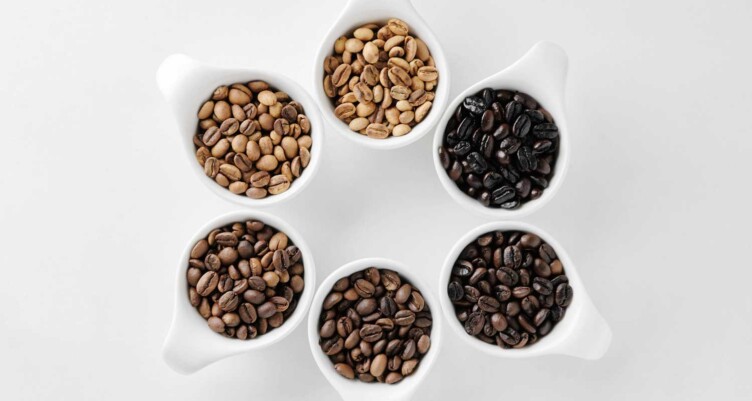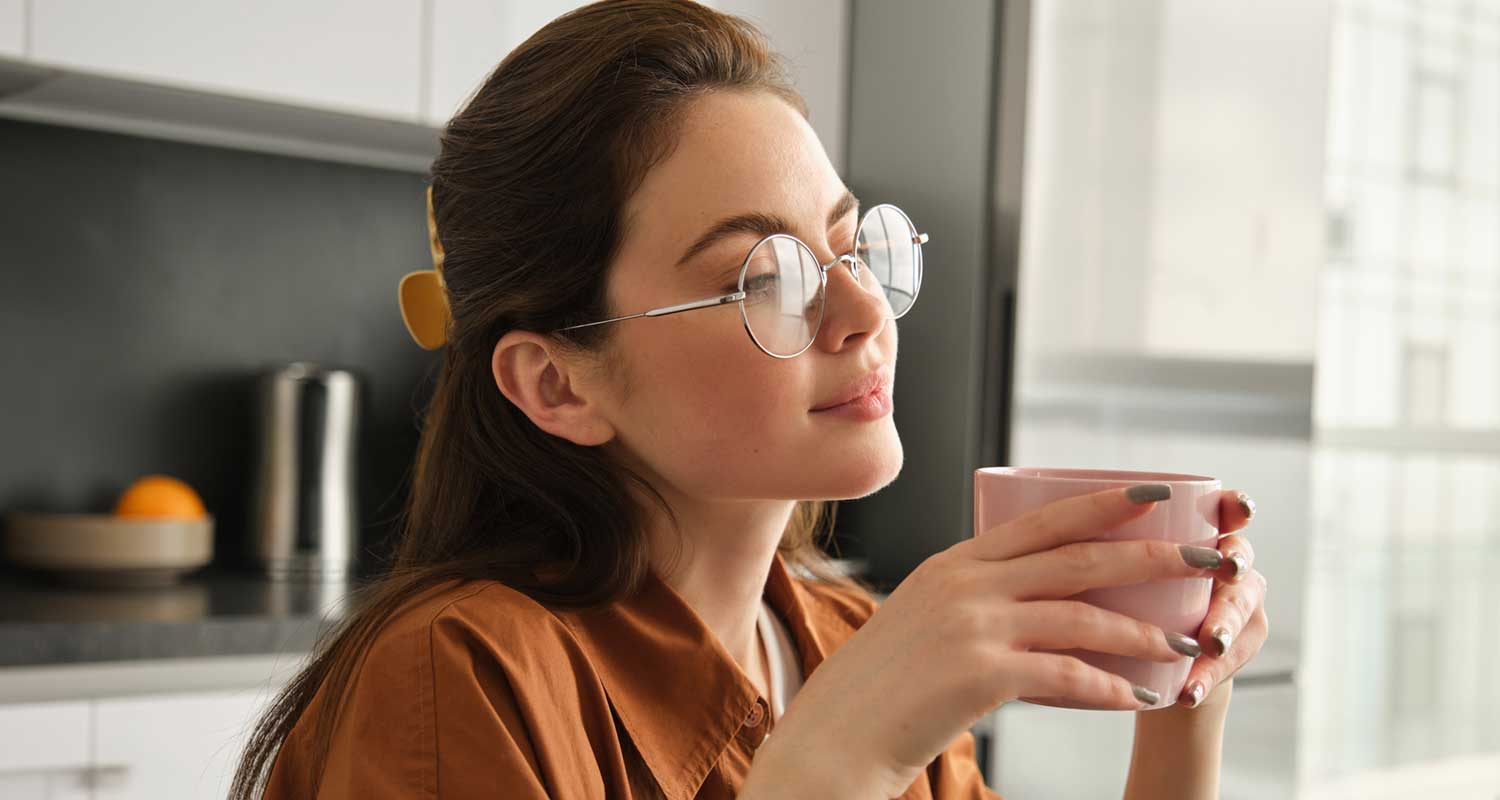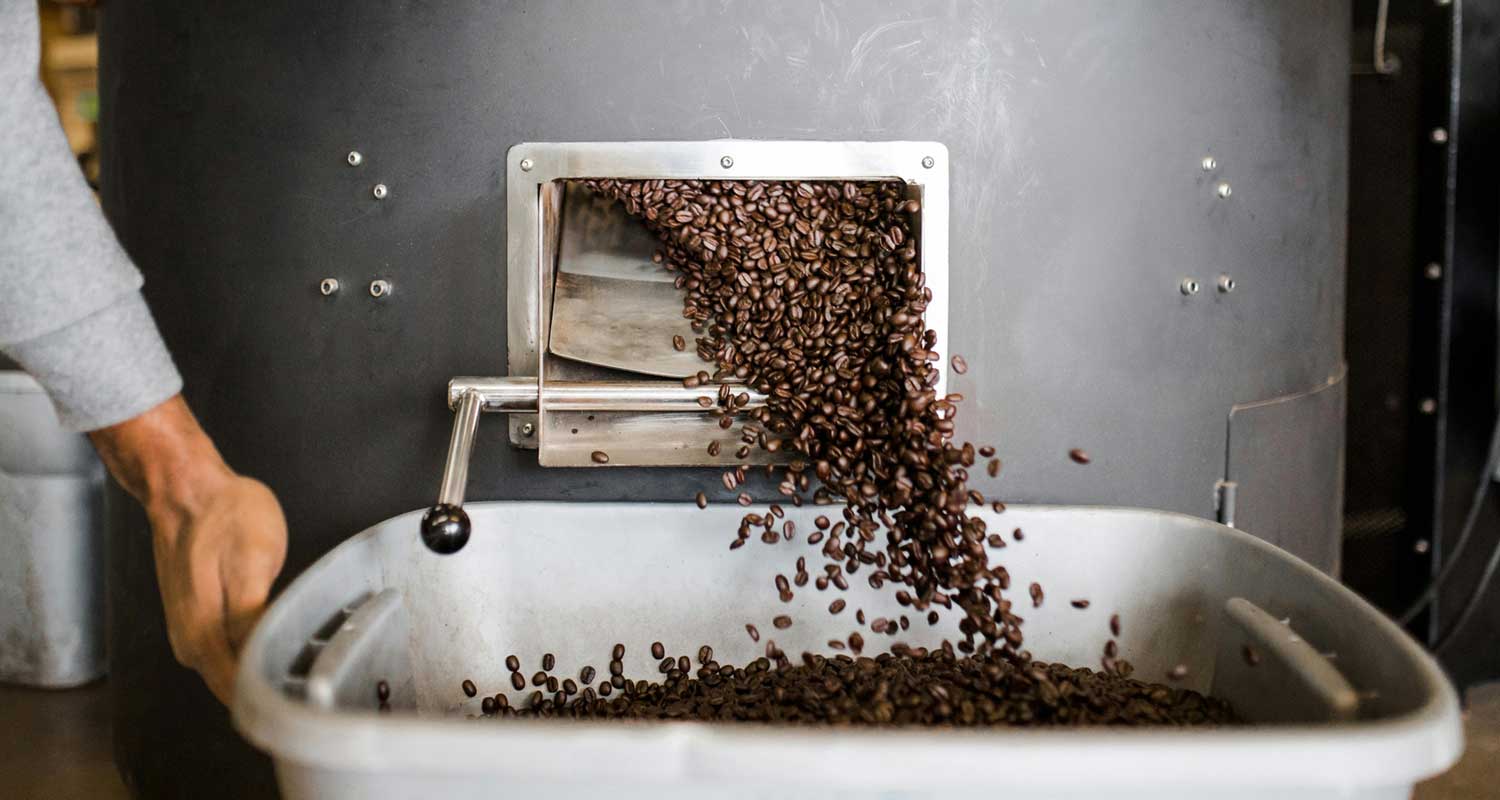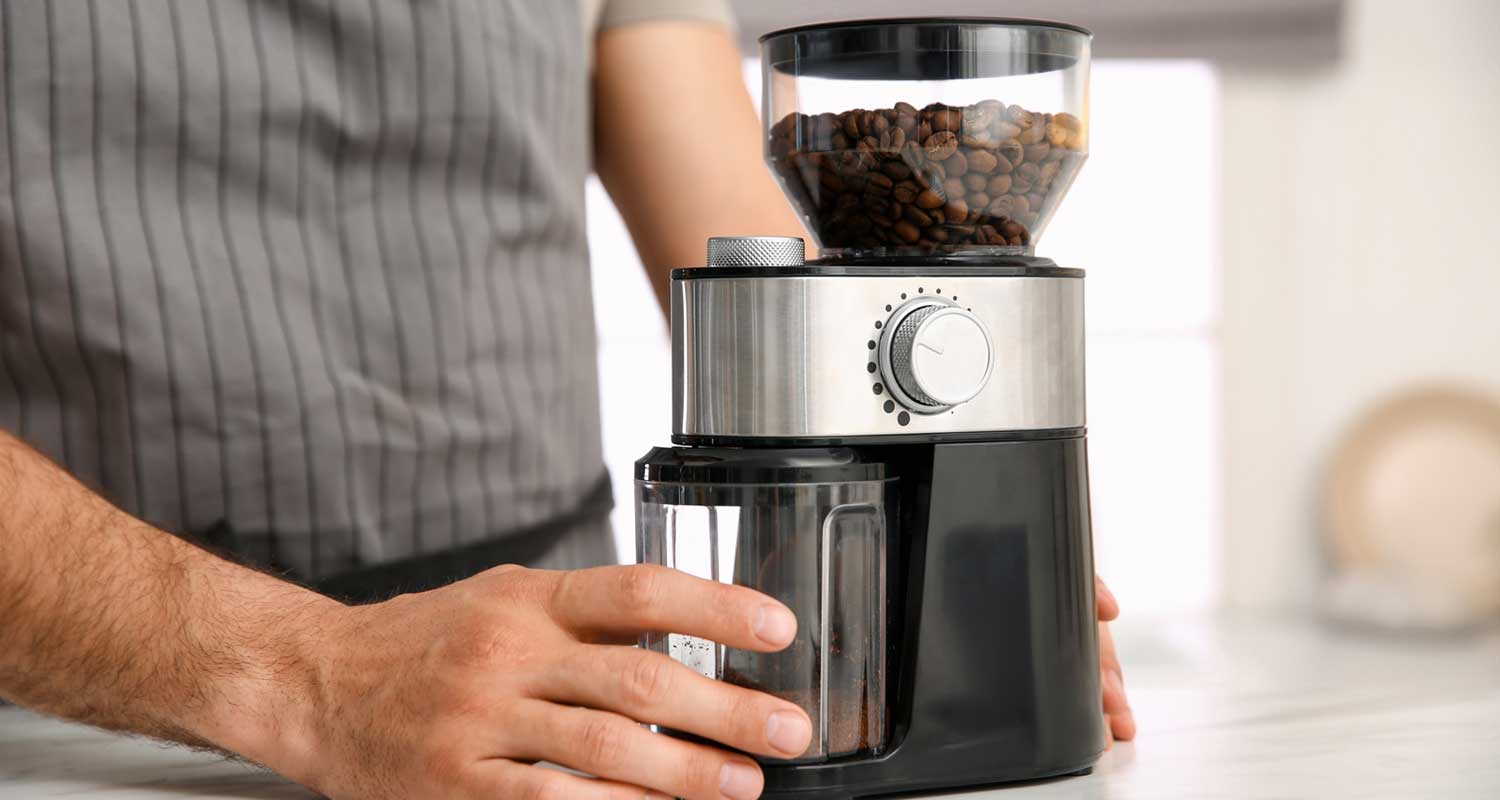Light Roast vs Dark Roast: Coffee Roast Comparison Guide

- Light roasts have a brighter, more complex flavor and slightly more caffeine, while dark roasts offer bold, smoky notes with lower acidity.
- The best coffee roast depends on your taste, brewing method and caffeine needs, so choose based on your preferred balance of strength and smoothness.
- High-quality, clean coffee ensures the best flavor and health benefits, no matter which roast you enjoy.
Are you more light roast, dark roast or somewhere in between? Coffee roast level affects more than just color—it changes flavor, aroma and even caffeine content. Understanding these differences helps you choose the best roast for your taste and brewing method.
This guide breaks down the four main types of coffee roasts: light, medium, medium-dark and dark. You’ll learn how roasting affects strength, acidity and body, plus how to pick the right roast for your favorite brew. Whether you enjoy espresso, pour-over or cold brew, knowing how coffee roasts influence flavor will help you get the best cup every time.
What Are the Four Types of Coffee Roasts?
Roast level plays a big role in how you experience coffee. The four main types of coffee roasts—light, medium, medium-dark and dark—each bring out different flavors and characteristics. Here’s the lowdown for each variety:

Light Roast
Light roast coffee has a mild body and bright acidity. Because it’s roasted at a lower temperature for a shorter time, the beans retain more of their original flavors.[1] You’ll notice floral, fruity or citrus notes, making this roast a great choice if you enjoy a crisp, complex taste. Light roasts also provide the highest antioxidant activity, which helps combat free radicals and support overall health.[2]
Medium Roast
Medium roast coffee strikes a balance between acidity and body. It maintains some of the original bean flavors while developing richer, caramel-like notes. Many coffee drinkers prefer this roast for its smooth, well-rounded profile.
Medium-Dark Roast
Medium-dark roast coffee has a fuller body and a hint of oil on the surface. The longer roasting process enhances deep, chocolatey and nutty flavors while reducing acidity. This roast works well for espresso and strong brews like Moka pot coffee, where bold flavors shine.
Dark Roast
Dark roast coffee has a rich, bold taste with smoky or bittersweet notes. The roasting process removes most of the bean’s natural acidity, creating a smooth, full-bodied cup. These beans often appear shiny due to the natural oils released during roasting. If you enjoy strong, low-acid coffee, dark roasts are a great option to kickstart your day.

Which Coffee Roast Is Best?
The best coffee roast mainly depends on your taste preference. If you enjoy bright, complex flavors with a lighter texture, go for a light roast. If you want a smooth, rich cup with balanced acidity, a medium roast is a great choice. For a deeper, more intense brew with lower acidity, try a medium-dark or dark roast.
Strength matters too. Light roasts may hold slightly more caffeine, but dark roasts taste stronger because of their intense, smoky notes. No matter which roast you choose, always start with high-quality, clean beans. Coffee grown without pesticides and processed without contaminants gives you the purest flavor and the best drinking experience.
Brewing method also affects how your coffee tastes. Light roasts shine in pour-over or drip brewing, which highlight their bright, complex flavors. Medium and dark roasts work well in French press or espresso, bringing out their rich, bold notes. Choosing the right brew method for your roast helps you get the best flavor from your beans. Check out our ultimate guide to brewing coffee to discover how to make the best cup of coffee, ever.

What Is the 15-15-15 Coffee Rule?
Have you heard of the 15-15-15 rule? It’s a simple guideline to help you get the freshest, best-tasting coffee. It covers three key factors: roast level, grind size and brew time.
Use coffee within 15 days of roasting
Freshly roasted beans have the best flavor. After 15 days, they start losing their natural aromas and tasting flat. Try buying beans in a quantity you can consume within this period.
Grind beans within 15 minutes of brewing
Once ground, coffee quickly loses its freshness as it’s exposed to air. Grinding right before brewing locks in more flavor. Need some guidance? Read up on how to grind coffee beans for your coffee-making method.
Drink coffee within 15 minutes of brewing
Coffee tastes best when it’s fresh and hot. Letting it sit too long can cause it to become bitter or stale. If you can, take the time to sit, relax and enjoy your cup before your day becomes too busy.
Which Coffee Roast Is the Strongest?
Strength in coffee can mean two things: flavor intensity or caffeine content. Roast level affects both, but not in the way many people think.

Strongest Flavor
As coffee roasts get darker, their flavors develop through a series of chemical reactions that transform the beans. The Maillard reaction, which starts at lighter roast levels, creates caramel-like and nutty notes by breaking down sugars and amino acids.[3] As roasting continues, these flavors deepen, and the beans begin to take on chocolatey and toasty characteristics.
At medium-dark and dark roast levels, the caramelization process intensifies.[4] Sugars break down further, leading to bolder, bittersweet notes. This is when smoky, roasted flavors start to dominate. The beans also begin releasing oils, which coat their surface and contribute to a heavier, more full-bodied mouthfeel.
By the time coffee reaches a dark roast, much of its original acidity has faded. Instead, you’ll taste rich, earthy, or even slightly charred flavors, depending on how long the beans are roasted. This bold profile makes dark roasts ideal if you prefer a strong, intense coffee with minimal acidity and a lingering, robust finish.
Strongest Caffeine
Lighter roasts may retain slightly more caffeine than darker roasts because heat breaks down caffeine during the roasting process.[5] However, the difference is small, so you likely won’t notice a major change in energy levels between roast types.[6]
If you want a higher caffeine content in your cup, don’t forget to consider how you brew your coffee since brewing methods also play a key role in caffeine content. Generally, methods that use a longer extraction process, such as French press or cold brew, pull more caffeine from the grounds. Cold brew, in particular, often has the highest caffeine concentration because it steeps for several hours, allowing more caffeine to remain.
Ultimately, the strongest coffee depends on what you’re looking for. If you want a more intense taste, go for a dark roast. If you want the highest caffeine content, a light roast brewed using a longer steeping method, like cold brew, will give you the most.
How to Get the Most out of Each Roast
The best way to brew coffee depends on the roast level, your taste preference and how much caffeine you want. Here’s how to get the most out of each roast:
Light Roast – Bright and Light
Enhance the delicate, fruity and floral notes from your light roast with a pour-over or drip coffee maker with a medium-fine grind. This slower extraction method keeps acidity balanced and highlights complex flavors. Since light roasts may have slightly more caffeine, they’re great for an energizing start to your day. For an extra boost, try enhancing coffee with MCT oil to support focus and energy.
Medium Roast – Beautifully Balanced
Enjoy your coffee’s well-rounded flavor by using a drip coffee maker, French press or Aeropress. A medium grind extracts enough richness without over-extracting bitterness. For an extra creamy coffee, make yourself a Bulletproof coffee.
Medium-Dark Roast – Rich and Bold
Prepare your medium-dark roast with French press, espresso or Moka pot brewing for make the most of its chocolatey flavors. Use a medium-coarse grind to avoid bitterness while bringing out its full body. To get even more out of your cup, try an enhanced coffee blend with functional mushrooms like B Vitamins, Lion’s Mane and Coffeeberry for cognitive support.
Dark Roast – Strong and Smooth
Dark roasts’ bold, smoky notes shine in espresso, French press and cold brew. A coarse grind is ideal for immersion brewing, while a fine grind works best for espresso. Because caffeine levels are slightly lower, dark roasts are great if you love stronger flavors without extra stimulation.
Sign up for early access to sales, product launches, the latest Bulletproof news and more!



